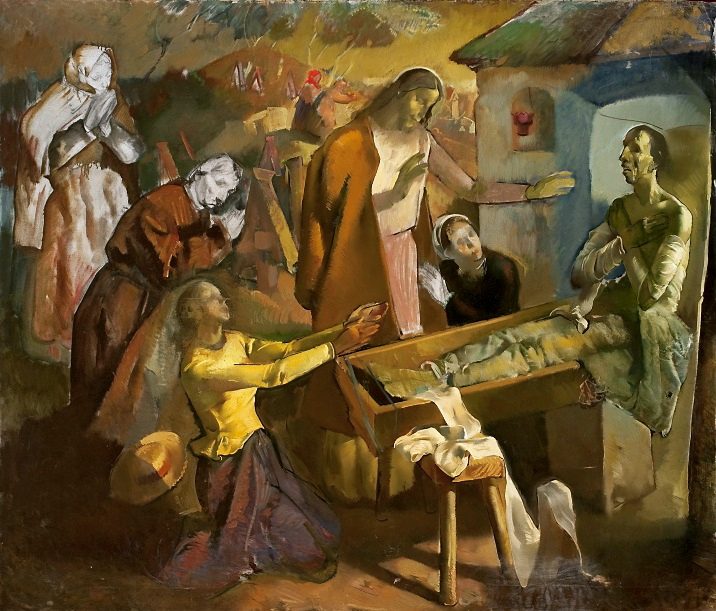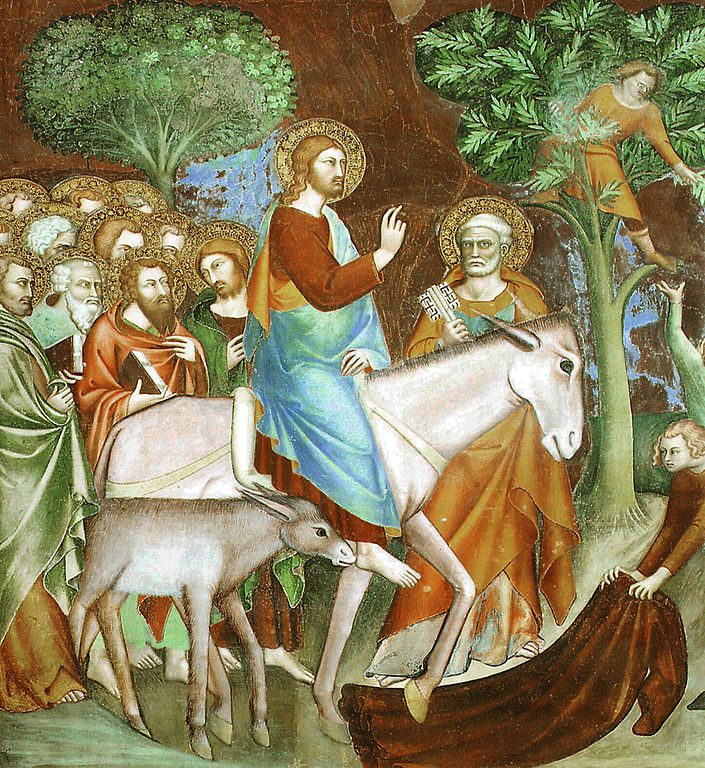
Clearly, according to the gospel of John, the raising of Lazarus was the immediate catalyst for the arrest and execution of Jesus. The miracle was simply too obvious and far too spectacular to ignore. The Jewish leadership may not have believed it to have been a genuine miracle — they most likely didn’t — but they knew that a very great number of their fellow Jews did. It was creating a very volatile situation.
Increased visibility brings increased hostility.
Latter-day Saints should know that, understand it, expect it, and be prepared to cope with it.
It won’t always come in the form of murder plots and violent persecution, either. In fact, it rarely will. Almost never. Usually, it will come in more gentle ways. Verbal slights or attacks, social insults or exclusions, mockery, derision, media misrepresentation. Public and private criticisms, some of them based on legitimate questions or concerns, some grossly unjust and even dishonest. Often subtle. Sometimes almost unnoticed.
The response must not be paranoia or a persecution complex.
We must sometimes correct egregious falsehoods; they cannot be permitted to travel around the world uncontradicted. But, mostly, we must concentrate on living and acting and speaking as befits Latter-day Saints. “Be not overcome of evil,” wrote the apostle Paul (Romans 12:21), “but overcome evil with good.”
In the beginning was the Word, and the Word was with God, and the Word was God. The same was in the beginning with God. All things were made by him; and without him was not any thing made that was made. In him was life; and the life was the light of men. And the light shineth in darkness; and the darkness comprehended it not. (John 1:1-5)

(Wikimedia Commons public domain image)
Compare Matthew 21:14-16
All four New Testament gospels — the three synoptics and John — mention the triumphal entry of Jesus into Jerusalem. It’s commemorated throughout much of Christendom on “Palm Sunday.”
Two observations:
1) This event essentially forced the confrontation that would soon follow between Jesus and the rulers of Jerusalem. They saw him as a menace to the fragile status quo.
2) Contrast the acclaim of the mob with the trial and public abandonment (“Crucify him!”) that would occur within the week. Easter Sunday is only a seven days away; the Passover, the arrest, the trial, and the crucifixion will intervene. Plainly, popular acclaim is fickle.
Posted from Jericho, Palestinian Territory











